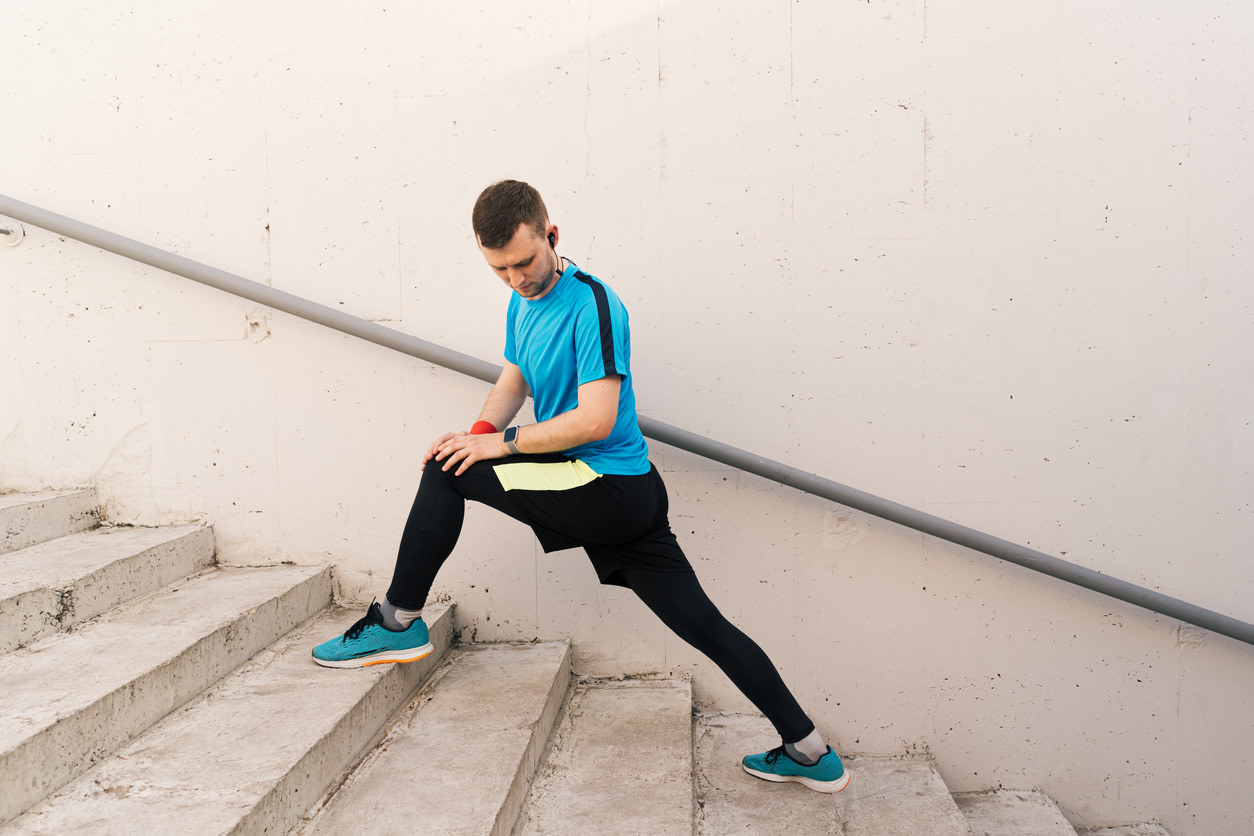How to Treat a Gluteus Muscle Strain, According to Physical Therapists
Learn the causes and symptoms of a gluteus muscle strain and how to treat it, especially with exercises from physical therapists.
$0 costo para usted
Fecha de Publicación: Jul 1, 2024
El índice
Fully covered leg pain relief
Find relief from leg pain, calf pain, tight quads, & more.
Check if I'm eligiblePT-Recommended Exercises for Gluteus Strain Recovery
¿Quieres atención de expertos? Consulta si estás cubierto por nuestro programa gratuito →- Glute Set
- Lateral Wall Push
- Forward Step Up
- Bent Over Hip Extension
- Standing Side Leg Raise
